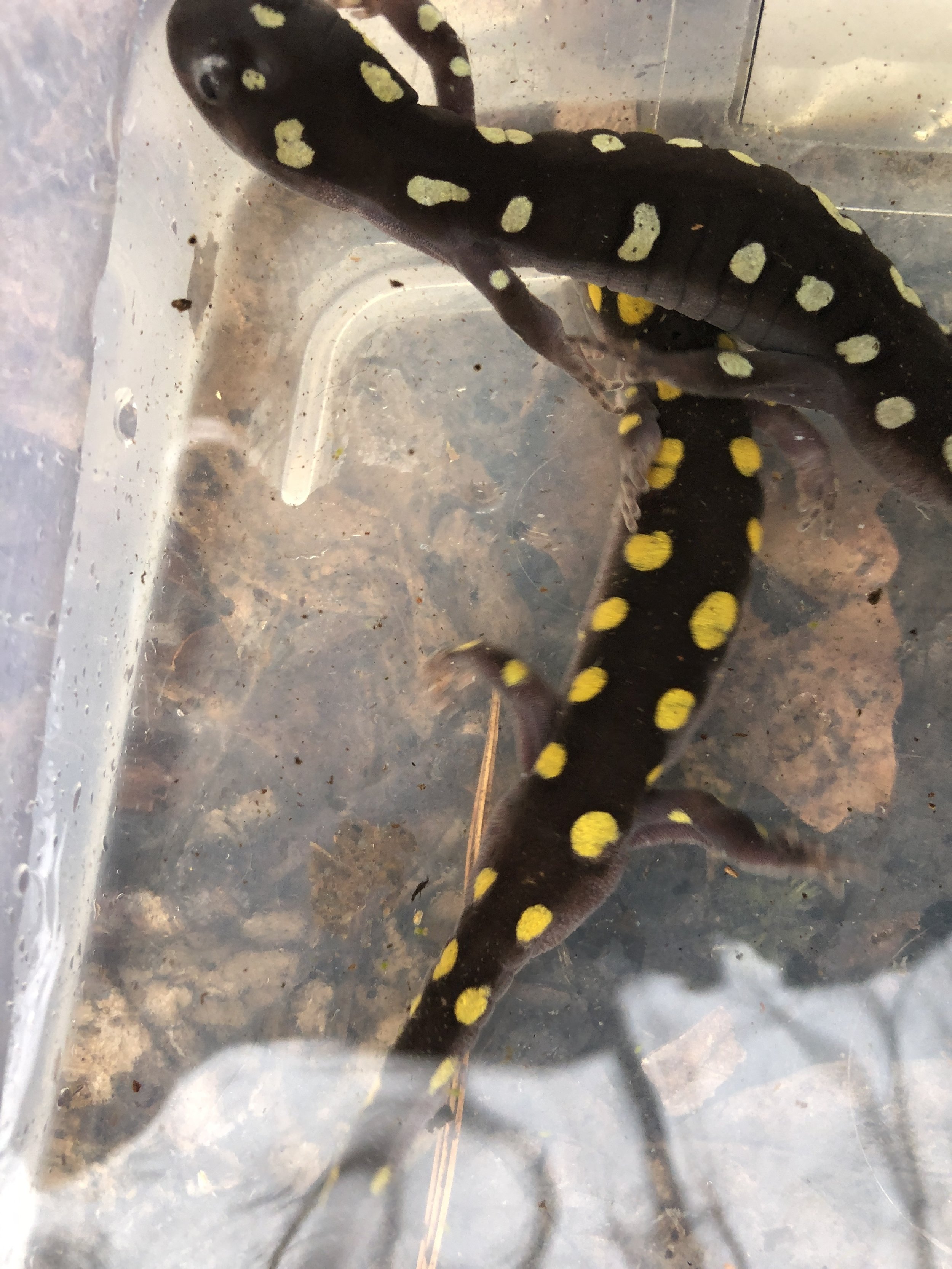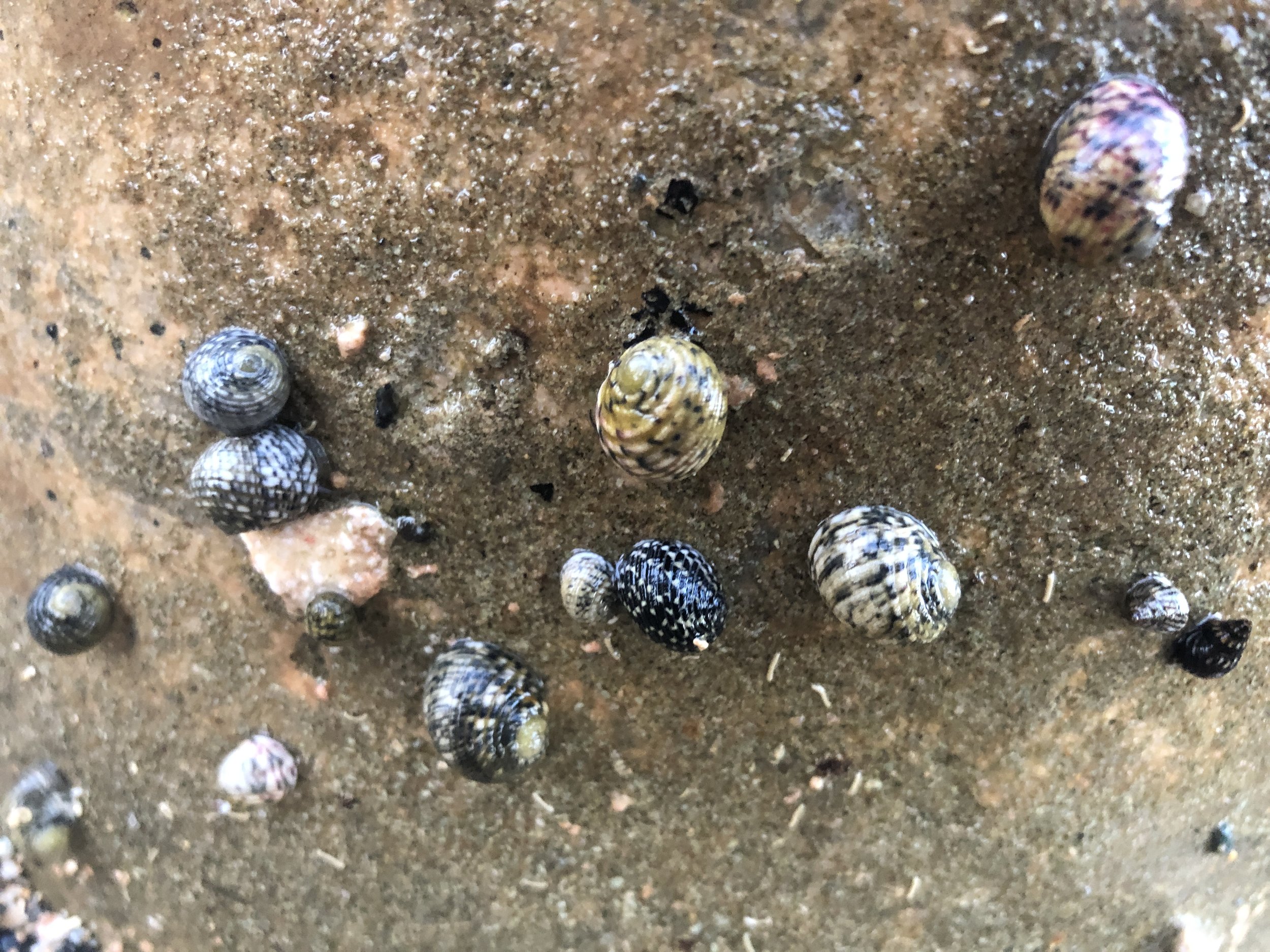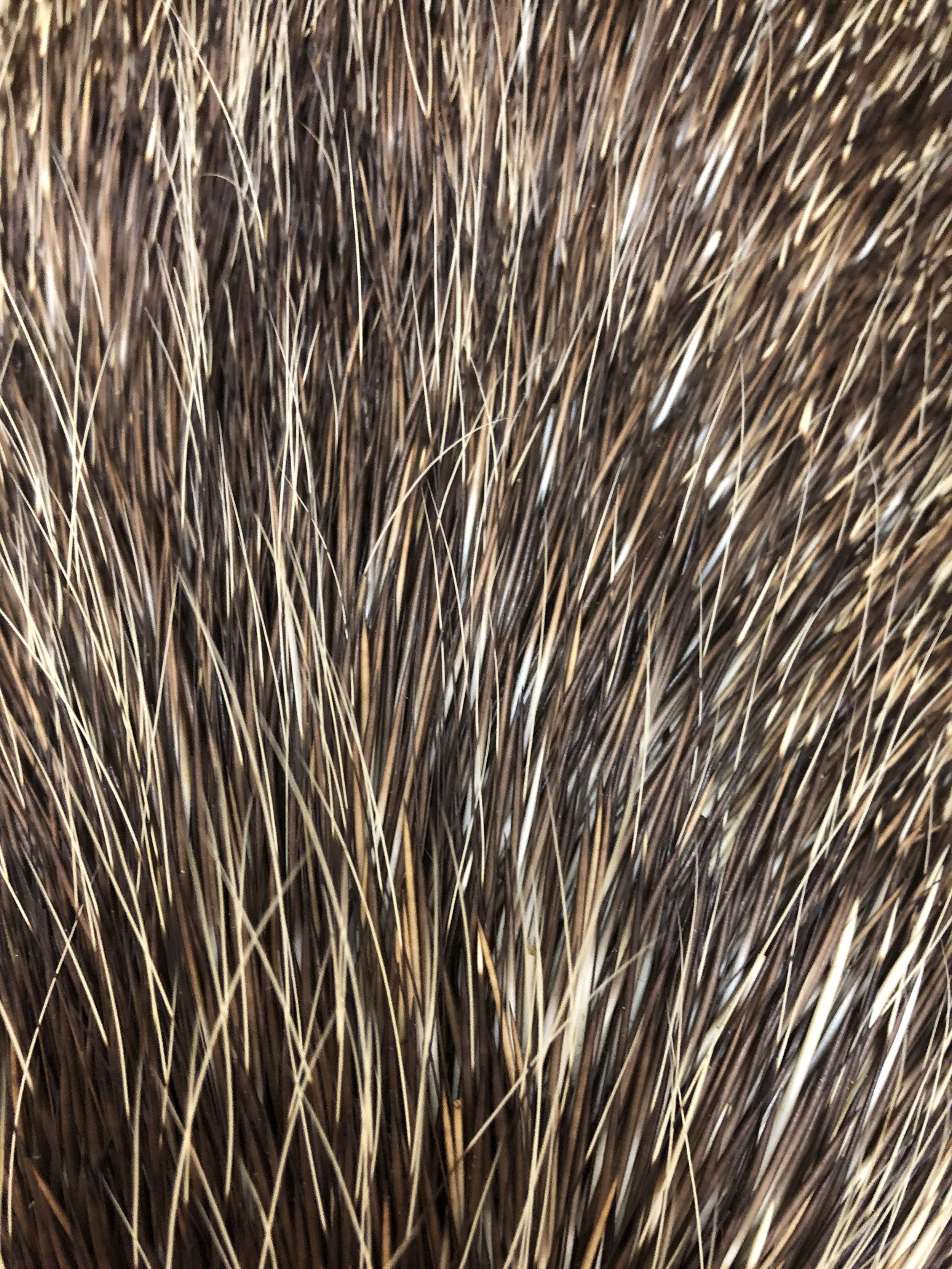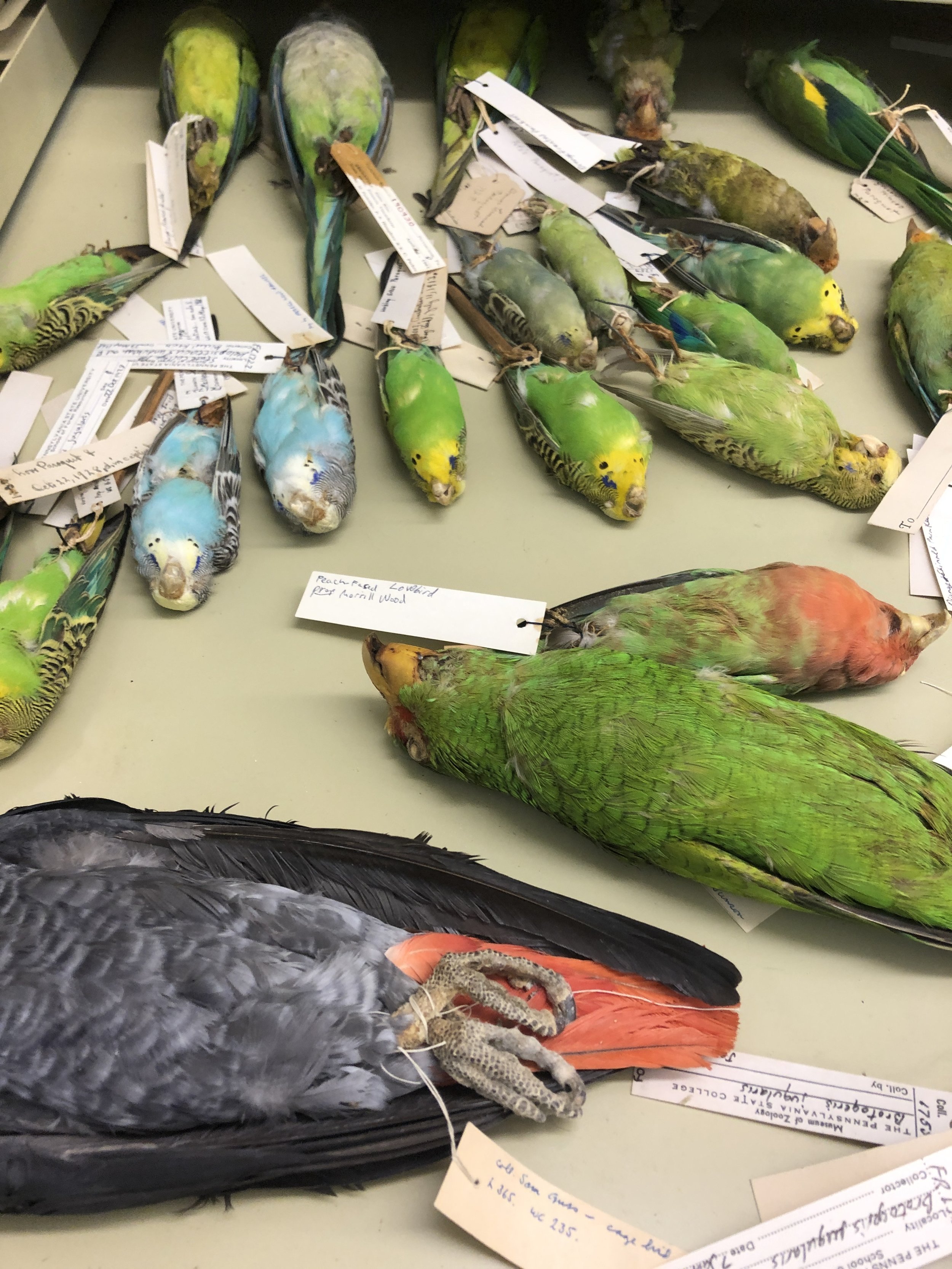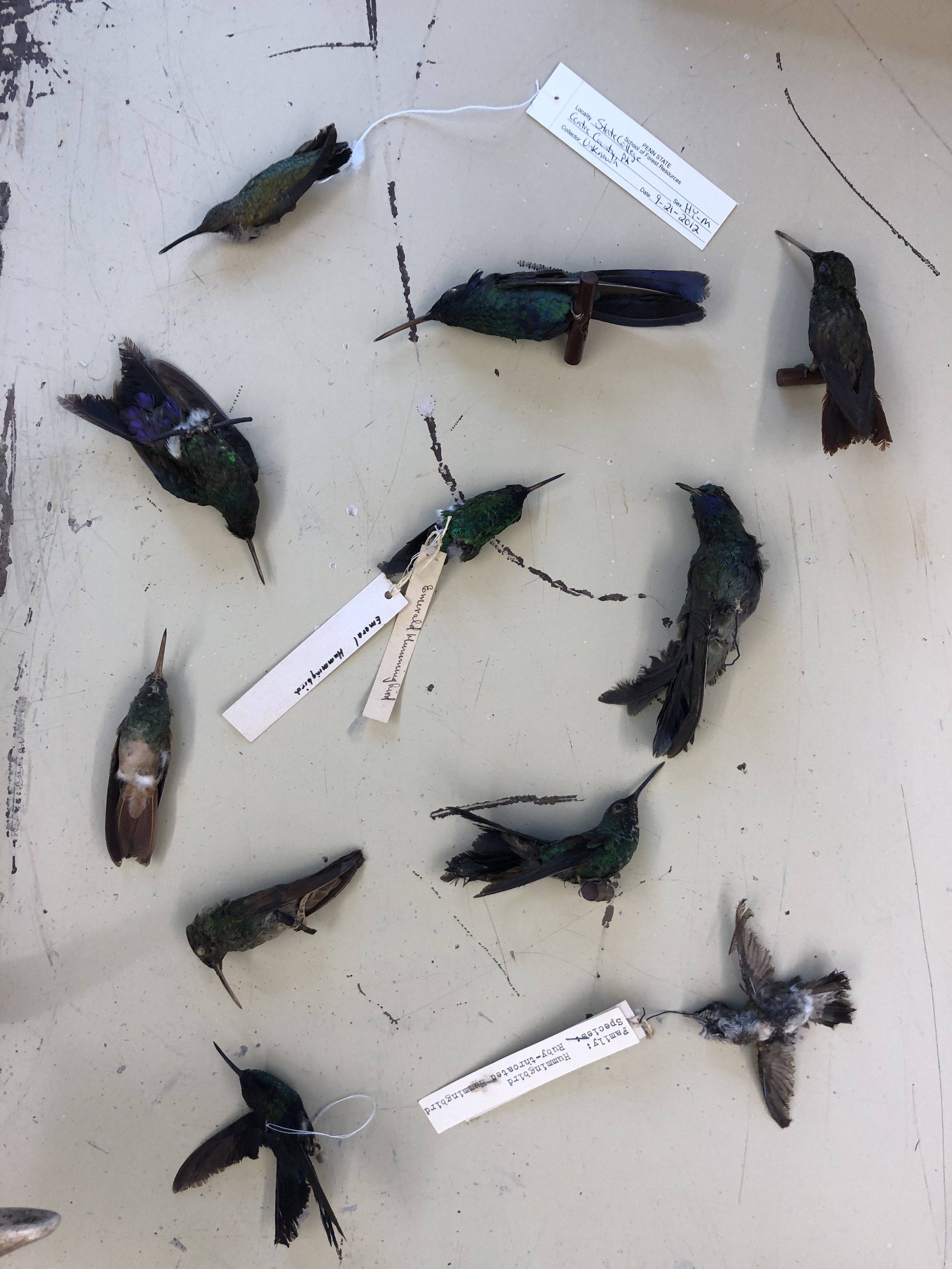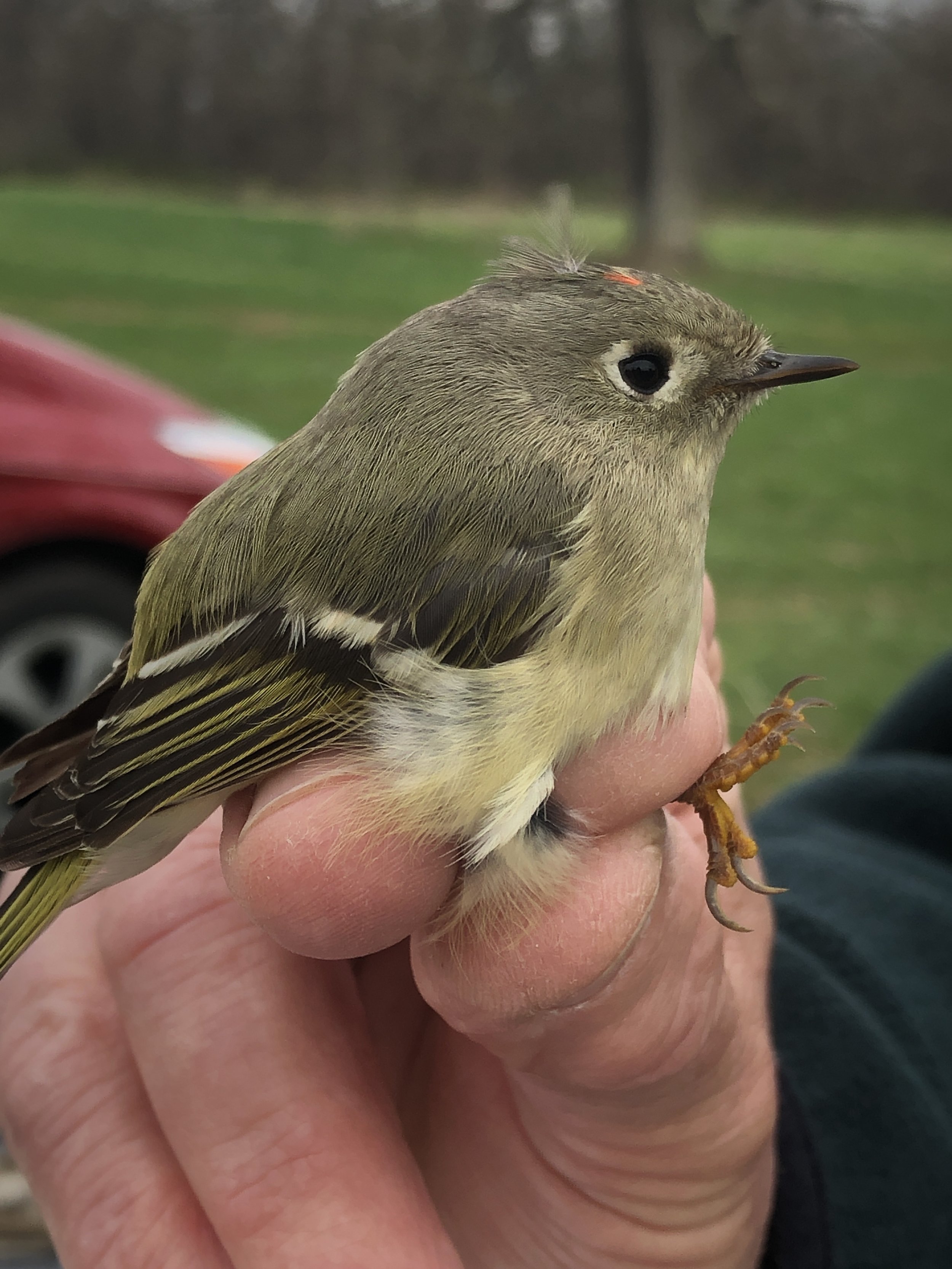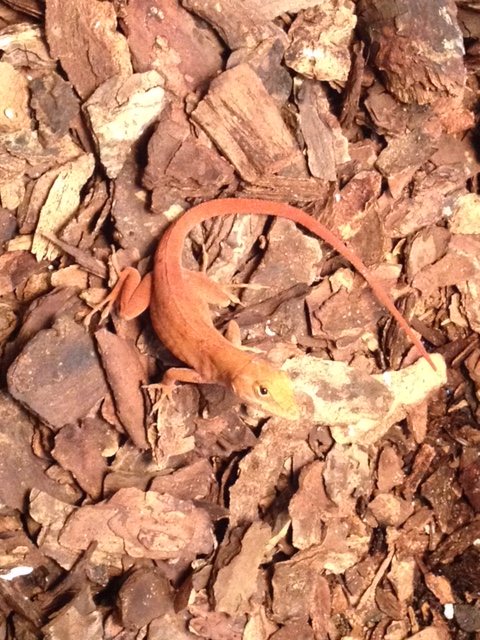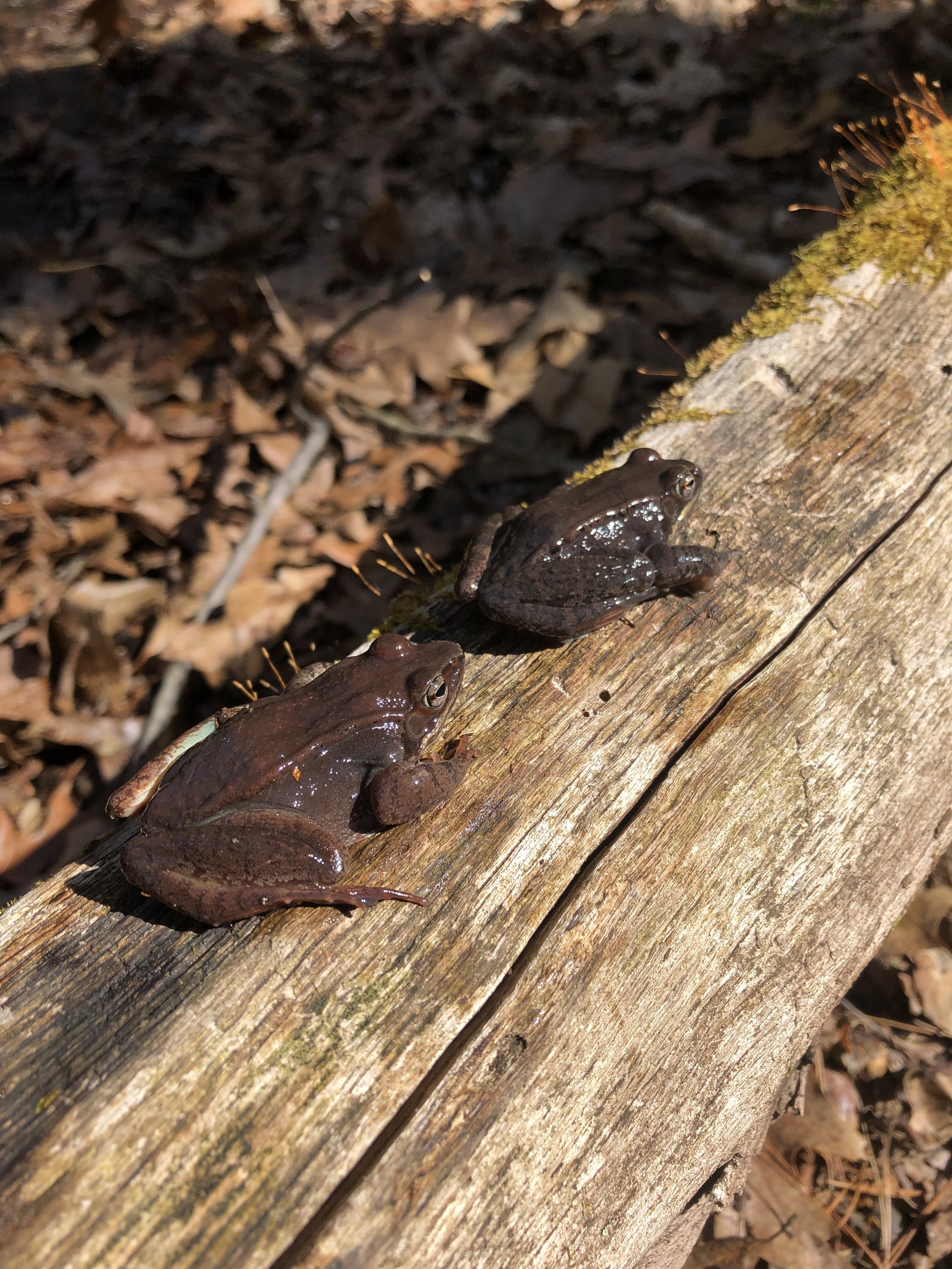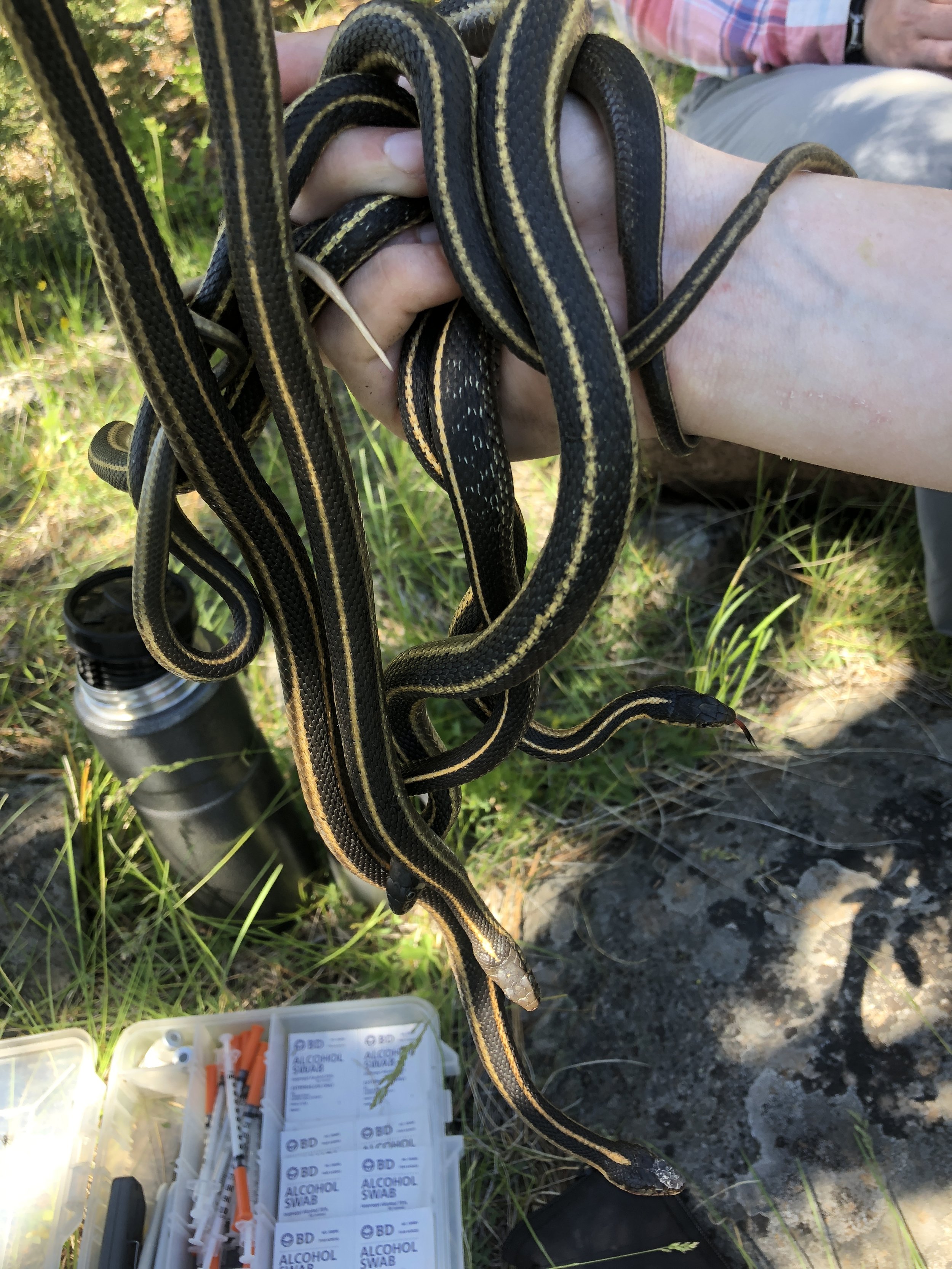Research
My research program focuses on the evolution of biological diversity; what explains the enormous phenotypic variation we see in the animal kingdom? Animal coloration is an ideal trait with which to study diversity. It can be investigated with quantitative and experimental approaches and I use both in my research.
Long-term Consequences of Phenotypic Variation
Phenotypic variation often leads to demographic consequences because of inherent fitness differences in phenotypes. Understanding demographic variables like survival and senescence (an age-dependent decline in survival and reproduction) can explain variations in coloration within and between species, especially when those differences have underlying physiological mechanisms that impact fitness.
I investigate the long-term consequences of phenotypic variation using a combination of museum collections and long-term field studies. See the Adopt a Turtle page for more information about my long-term field site in northern Wisconsin.
Macroevolution of Color
Though much work has been done on the developmental aspects of color and pattern formation, not much is known about macroevolutionary patterns of color production at a broad taxonomic scale. I use diverse groups of animals to assess the macroevolutionary patterns of colorfulness and to develop methods that combine phylogenetic comparative methods with visual modeling techniques.
How can we separate the impacts of natural and sexual selection on animal coloration?
How does pigment lability translate across taxa?
Are there universal principles governing the distribution of color diversity?
Collaborators: Michelle Lawing (TAMU) and Kirsty MacLeod
Mechanisms of Coloration
Animal integuments such as skin, hair, scales, fur, cuticle, shells, and feathers contain pigments that can have physiological functions (e.g., antioxidant activity, immune stimulation, desiccation prevention) in addition to providing coloration. This functional diversity is often overlooked despite the likelihood that pigments could impact organismal life histories in many species without having associated signaling functions.
How do insects use pigments throughout metamorphosis?
How does the availability of dietary and maternal pigments impact oxidative stress during development?
Building a natural history collection
To advance pedagogy, outreach, and research, we ethically collect road mortalities and window strike victims from campus to add to our natural history collection. Birds that die as a result of hitting windows are then preserved as study skins by our team of student preparators, who preserve the specimens so that they can be used for decades and centuries to come. We work with appropriate salvage and migratory bird permits.
Word cloud made using Reinke Lab publications from 2015-2018. Size of the word is representative of its frequency of use. Words are in the shape of a painted turtle. Made using WordArt.com.



